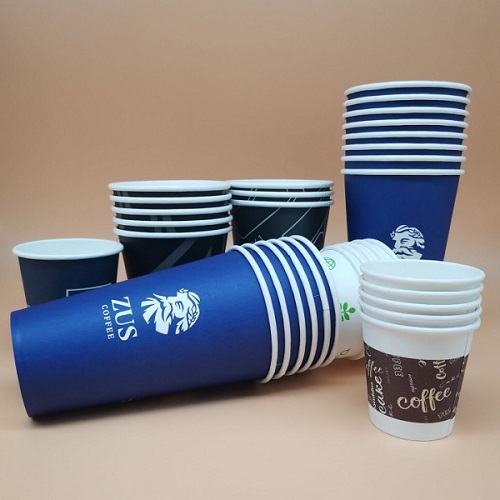The search for sustainable alternatives has resulted in laudable changes in consumer behaviour in an era marked by a surging global environmental consciousness. Particularly noticeable has been the steady shift away from plastic, a notorious pollutant, and towards environmentally conscious options. Notably, paper utensils have gained popularity due to the perception that they are more environmentally friendly. In the midst of this pattern, a disturbing realisation emerges that upends the paper cup story’s very premise.
Recent studies conducted by eminent researchers at the prestigious University of Gothenburg have revealed a worrying aspect that contradicts common understandings. The seemingly harmless paper cups, promoted as shining examples of environmental virtue, have been connected to an unexpected scandal. The findings have cast a troubling shadow over the ostensible benignity of these everyday vessels, which were published in the prestigious journal Environmental Pollution.
Contrary to popular belief, university researchers have revealed a troubling truth—a complex relationship between toxic components and paper cups. These experts carefully observed the effects on exposed mosquito larvae as they subjected paper and plastic cups to an immersive journey through wet sediment and aqueous environments. Surprisingly, the results showed that all mug types inhibited larval growth, which is a clear refutation of the notion that paper cups are safe.
By going into more detail, the study clarifies the mystery underlying the mosquito larvae’s thriving in this environment, which appears benign. The analysis shows that paper needs to be strengthened with surface coatings made primarily of bioplastic because it lacks inherent resistance to fat and moisture. This protective sheath, which acts as a barrier to prevent your steaming beverage from seeping out, conceals a sinister fact: when it comes into contact with the environment, it does not degrade efficiently, raising the ominous spectre of persistent plastic residues. This pervasive ecological mark, represented by sneaky microplastics, takes on an unsettling trajectory and tempts both wildlife and humans to consume it. Ironically, bioplastics, which were initially hailed for their ostensibly eco-friendly nature, are caught in an unnerving symmetry with their conventional plastic counterparts, manifesting an equivalent level of chemical complexity.
This discovery has repercussions that go beyond environmental concerns and into the area of personal wellbeing. The plastic derivatives that cover paper cups are not just bystanders; if handled improperly, they could act as toxicity transporters. The study emphasises that the implications go beyond just the realm of the environment and also affect human health. We interact with these paper cups and the chemicals they contain through the medium of food, which leads to an unsettling exposure. The health risks associated with this unsettling symbiosis call for careful consideration.
Prudence implores us to reevaluate our reliance on commercially mass-produced paper cups in light of these profound revelations. The necessity of adopting alternatives that go beyond the hidden dangers present in conventional solutions is highlighted by the dual gambit of environmental preservation and individual health. To see the complex web of effects woven into our daily decisions, the alluring veneer of eco-friendliness must be removed. It is our responsibility to reevaluate our relationship with convenience in this crucible of consciousness, lest the precarious equilibrium we currently inhabit be upset by the unintended effects of our actions.







